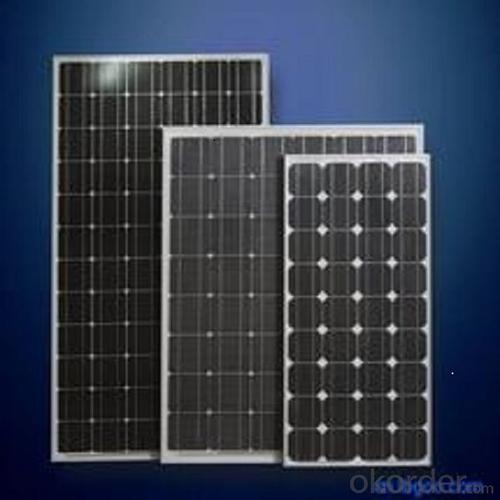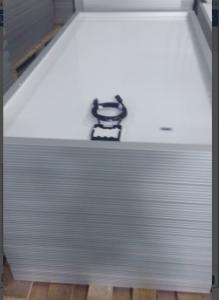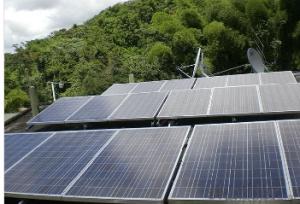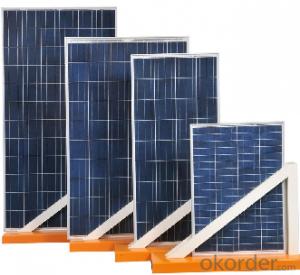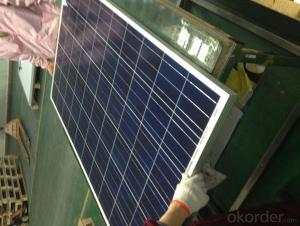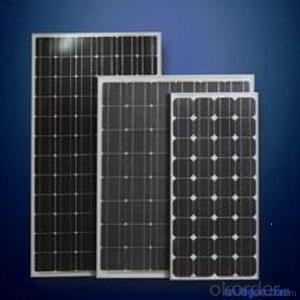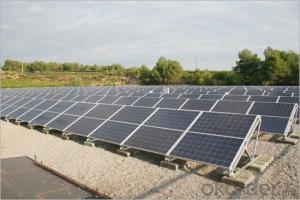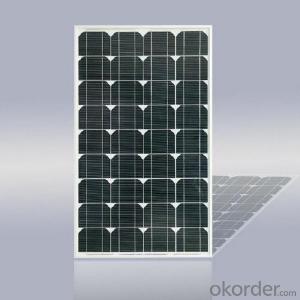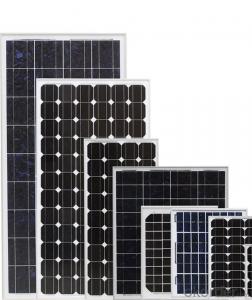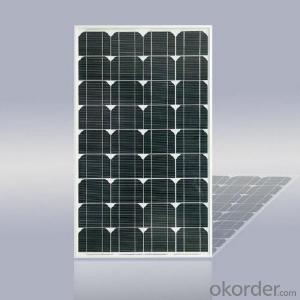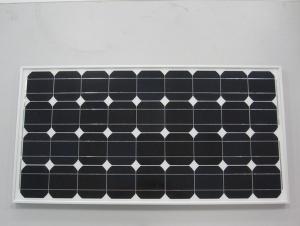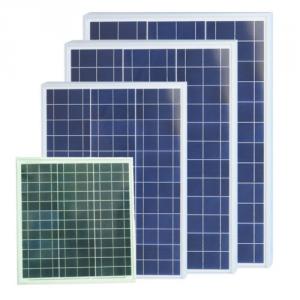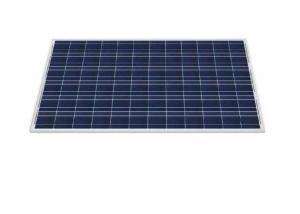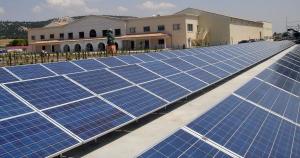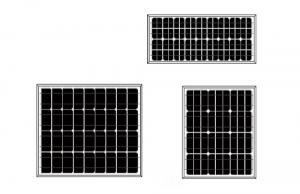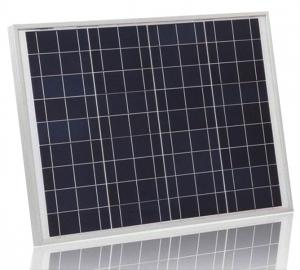Purchasing High-Quality 260W Solar Panels for Home
- Loading Port:
- Shanghai
- Payment Terms:
- TT OR LC
- Min Order Qty:
- 2600 watt
- Supply Capability:
- 26000 watt/month
OKorder Service Pledge
OKorder Financial Service
You Might Also Like
Specification
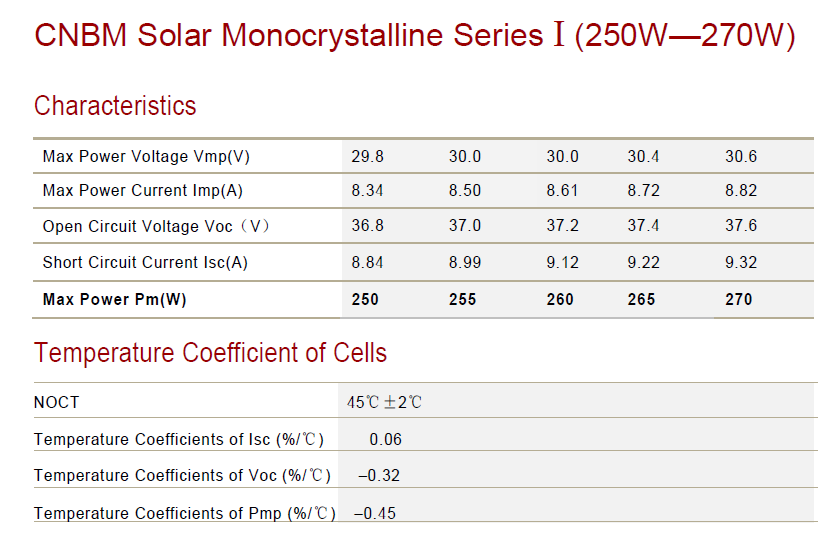
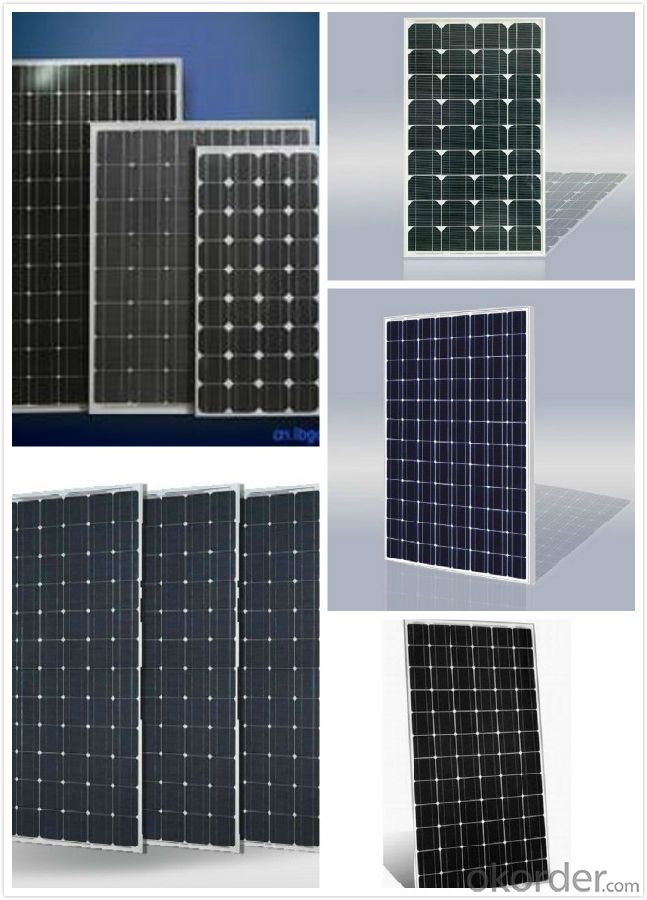
Solar Module Specification
Power range:220w-270w
Module | PLM-235P-60 | PLM-240P-60 | PLM-245P-60 | PLM-250P-60 | PLM-255P-60 | PLM-260P-60 |
Pm | 235 | 240 | 245 | 250 | 255 | 260 |
Vmp | 30.64 | 30.89 | 31.29 | 31.73 | 31.92 | 32.1 |
Imp | 7.67 | 7.77 | 7.83 | 7.88 | 7.96 | 8.1 |
Voc | 37.18 | 37.35 | 37.42 | 37.58 | 37.73 | 37.92 |
Isc | 8.34 | 8.38 | 8.45 | 8.49 | 8.52 | 8.64 |
Solar panel working process
In addition to being the ultimate source of all life on earth, the sun is an infinitely renewable, completely pollution-free source of electricity. Instead of burning fossil fuels dug up from the ground in a big power plant – a very 19th century, industrial age approach, when you think about it – solar panels convert sunlight directly into electricity, with no harmful emissions.
The basic unit of a solar panel is a solar cell, which usually consists of one or two layers of silicon-based semiconductor wafers. When struck by the photons in sunlight, the solar cell generates an electrical charge due to the "photovoltaic effect" – which is a pretty good name, since it produces voltage from photons. The flow of these electrons moves in a steady electrical current from one side of the cell to the other.
Dozens of these PV cells are packaged together into solar modules, which in turn are packaged into solar panels that are mounted on a rooftop and arranged to maximize their hours of exposure to direct sunlight. Because the electricity generated by all those solar cells is direct current (DC), it is then sent to an inverter that transforms the power into the same alternating current (AC) used by the appliances in your home and the local utility electricity distribution grid. Increasingly, these inverters are getting "smart," providing data monitoring for solar installation performance and other grid integration services.
FAQ
We have organized several common questions for our clients,may help you sincerely:
③Can you provide the peripheral products of the solar panels, such as the battery, controller, and inverter? If so, can you tell me how do they match each other?
Yes, we can, we have two companies for solar region, one is CNBM International, the other is CNBM engineering Co.
We can provide you not only the solar module but also the off grid solar system, we can also provide you service with on grid plant.
④What is your warranty system?
Our product performance guarantees for 25 years
• 12 years guarantee for workmanship
• Timeliness of delivery
• Quality Products certified (TÜV, UL, CE, ISO)
⑤How do you pack your products?
We have rich experience on how to pack the panels to make sure the safety on shipment when it arrives at the destination.
- Q: Can solar panels be installed on vehicles?
- Yes, solar panels can be installed on vehicles. Many electric vehicles and some hybrid vehicles come equipped with solar panels to help charge their batteries. Additionally, solar panels can be installed on the roofs of various types of vehicles, such as RVs, boats, and campers, to generate electricity for powering onboard appliances and systems.
- Q: My home uses an average of 2400 kW per month (28,800 per year.) How much can I expect it to cost to install solar panels of this amount? (It is not my intention to go off of the electric company's grid. I would like to generate what I can / possibly sell back extra power)What quot;hiddencosts are there? What is the average life of them?What is the quot;best(cost effective and green) solution / approach?(BTW.... I am in southern LA if that makes a difference)Best answer will go to clear answer WITH links/resources to back it up!)THANKS A MILLION!!! I hope you have a safe and happy holiday season!!!
- Power inverter to change 2VDC panel power to 220VAC House power. (~$600) You are also going to need various switches and a meter to keep track of how much you are sending back to your power company. Final answer... Expect to pay ~$7,000.00 with installation by a qualified electritan.
- Q: How do solar panels affect the electrical grid?
- Solar panels affect the electrical grid by supplying clean and renewable energy. When solar panels generate excess electricity, it can be fed back into the grid, reducing the overall demand for fossil fuel-based power generation. This helps to stabilize the grid and reduce carbon emissions. However, the intermittent nature of solar power can create challenges for grid operators in managing variations in supply and demand.
- Q: Can solar panels be used in areas with high pollution levels?
- Yes, solar panels can be used in areas with high pollution levels. While pollution levels may slightly reduce the efficiency of solar panels due to decreased sunlight reaching the panels, they can still generate electricity. Additionally, solar panels can help mitigate pollution by providing clean and renewable energy, reducing reliance on fossil fuels and contributing to a cleaner environment.
- Q: Can solar panels be installed on wearable devices?
- Yes, solar panels can be installed on wearable devices. However, due to the limited surface area available on wearables, the amount of energy generated may be relatively low compared to larger solar installations. Additionally, the efficiency of such panels may vary based on the device's orientation to the sun. Nonetheless, incorporating solar panels on wearables can contribute to extending battery life and enhancing their overall sustainability.
- Q: Ok so I am planning on buying a solar panel. I am doing it to possibly sell the energy that it stores. It is a 20 watt panel so I am just wondering if every week or month if I sold that energy that it stored would make me a good profit. I am not hoping for thousands of dollars a month..just like 00? The solar panel cost me $,00 so if so, how long do you think it would take to make good profit. Also, how much would I make every week or month?
- I will give you the tools to answer your own question. Here is the solar resource map: rredc.nrel /solar/old_data/nsr... Use it to look up the hours of peak equivalent sunlight per day in your area. For example, let's say it's 5 hours / day. Then per year you get 365 x 5 = 825 hours of sun Your panel is 20 watts, or 0.2 kW So the energy produced per year is 825 x .2 = 383 kWh You'll have to use the proper numbers for your own area, of course. Anyway, you can take that 383 kWh and determine how much it would cost at local electric rates. Never know, on some islands, it's $.00 per kWh. Check with your local electric company for rates.
- Q: We see increasing, what appear to be, solar panels on electric poles?
- I work in NJ and we started seeing them around our industrial park. I think it's probably some scam for the most part. Each panel isn't going to put out more than a few volts. Because they are so widely distributed about the only thing they might be good for is lighting a sodium bulb or something. A much more effective use if it was a serious / more efficient/effectively designed project, we'd probably be seeing farms of panels going up all over the place and on the tops of big-box buildings, but I'm not seeing alot of that.
- Q: How efficient are solar panels when it comes to turning light into energy? If it's not 00%, why? Can it be improved? Also, how do solar panels work, exactly.
- Solar panel refers to a panel designed to absorb sunlight as a source of energy for generating electicity or heating.solar module use sunlight to generate electicity through photovoltaic effect.The efficiency of solar panel is 5-8%,there are a few solar panels available that exceed 9% efficiency.
- Q: Can solar panels be used in areas with high humidity or saltwater exposure?
- Yes, solar panels can be used in areas with high humidity or saltwater exposure. However, it is important to choose solar panels specifically designed for such environments, as they need to be corrosion-resistant and have proper sealing to prevent any damage from moisture or saltwater.
- Q: Can solar panels be used to power a museum?
- Yes, solar panels can be used to power a museum. Solar panels capture sunlight and convert it into electricity, which can then be used to power various electrical systems within the museum. This sustainable energy source can help reduce reliance on traditional grid electricity and lower the museum's carbon footprint. Additionally, advancements in solar technology have made it more efficient and cost-effective, making it a viable option for powering both small and large-scale facilities like museums.
Send your message to us
Purchasing High-Quality 260W Solar Panels for Home
- Loading Port:
- Shanghai
- Payment Terms:
- TT OR LC
- Min Order Qty:
- 2600 watt
- Supply Capability:
- 26000 watt/month
OKorder Service Pledge
OKorder Financial Service
Similar products
Hot products
Hot Searches
Related keywords


